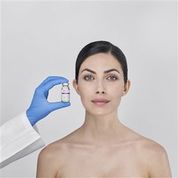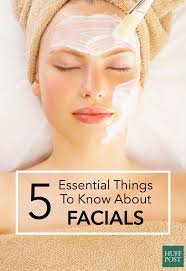
For most people, acne is an inherited condition of the pores.
When someone is prone to acne, their pores clog with dead skin cells much faster than normal.  Healthy pores shed about one layer of dead skin cells per day inside the pore, but acne-prone pores shed up to five layers of dead skin cells per day. The body just can’t keep up with keeping the pore clear. Technically, this is called “retention hyperkeratosis” — dead skin cells shedding more quickly than the pore can expel them.
Healthy pores shed about one layer of dead skin cells per day inside the pore, but acne-prone pores shed up to five layers of dead skin cells per day. The body just can’t keep up with keeping the pore clear. Technically, this is called “retention hyperkeratosis” — dead skin cells shedding more quickly than the pore can expel them.
As the dead skin cells begin to accumulate inside the pore, the cells become sticky and get stuck inside the pore and form a plug. Medically, this is called a “microcomedone” – essentially the precursor to all acne.
Hormonal fluctuations trigger more oil production inside the pore. Normally, this isn’t a problem because the dead skin cells don’t get trapped. But with acne prone-skin, when the dead skin cells shed more quickly and form a blockage, the perfect environment for the P. Acnes bacteria is created. The oil is a nutrient for the bacteria, so the bacteria proliferates. So you see, bacteria is not the “cause” of acne, it is the effect of too many dead skin cells. This is an important distinction to remember.
But, some people don’t get inflamed lesions — inflammation is also an inherited tendency. If the dead skin cells and the oil that form the plug don’t become inflamed, the plug becomes a whitehead; that is, a non-inflamed lesion under the skin, also called a “closed comedone”.
So you see, acne is primarily an inherited dead skin cell problem. Most acne, no matter what form it takes, starts with microcomedones. This means the solution lies in products that penetrate the pore and prevent dead skin cells from building up. That’s why professional skin treatments and your home care routine is so crucial — it’s all about preventing the microcomedones (the beginning of acne) from forming at all. This is the best way to get rid of acne.
Getting results from facial treatments takes time. To get the best results, you’ll have to commit to a series of specific, specialized facials.
Typically, facials are scheduled every other week, until we get the results. To keep the benefits going, you’ll need to be consistent with your acne treatment and skin care routine during your “off days.”







Leave a Reply